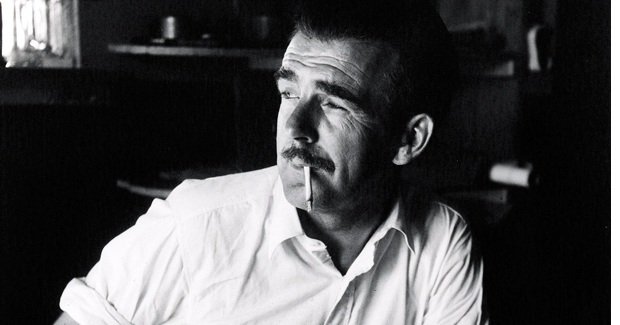Moustaches through the ages

FACIAL HAIR SAYS JUST as much about the times and culture in society as it does about the man sporting the hair, according to Joanna Gilmour, assistant curator at The National Portrait Gallery in Canberra.
An exhibition at the gallery held in 2011, showcased styles of men’s facial hair from 1780 to 2011, marking four periods of large-scale change in moustache fashion. Images from the different eras portray the extent to which facial hair trends hair has defined mens’ sense of culture and style.
“As certain fashions come in and out…meanings of beards change over time and depend on context,” says Associate Professor Michael Sturma from the School of Social Science and Humanities at Murdoch University in Perth. “Most [trends] are cyclical…and it’s the same with facial hair.”
Moustache trends
The exhibition begins with the late 1700s, when Europeans considered being clean-shaven the mark of high culture. It was a time when men’s grooming became popular for the ‘civilsed’. But in the 1800s, facial hair made a come-back, becoming a sign of strong masculinity. It was seen as an indicator of health in an age with high industrial pollution. The beard, it was thought, prevented smoke and dust from touching the skin.
Big beards became a big trend in the mid-century and the likes of Henry Parks, often called ‘the father of the Federation’, embraced the beard with gusto.
Beards waned as new understandings on health and what was thought ‘dignified’ emerged in the 20th Century, leading to a facial hair style that was smaller, trimmer, and popularly, only a moustache.
In the last century, a variety of facial hair styles have been made their appearances, including the goatee, and others have undergone several renaissances, like the thick moustache often associated with Australian sportsmen like Merv Hughes in the 1970s and 1980s.
Of moustaches and beards
The styling of men’s facial hair is a close reflection of the values of the time, Jo says. “A lot of Australian men [in the late 1800s] must have seen themselves as independent and ‘outdoorsy’, and a beard symbolised this,” Jo says. “It would have been, partly, about practicality but also possibly how they wanted to present themselves to the world.”
However, not all facial hair styles are likely to make a serious come-back – aside from novelties like Movember.
“There are certain fashions we will probably never see again, many from the nineteenth century,” Jo says. “They probably won’t come back. You’d have to be very brave to wear some of those styles today!”
Rockin’ in the Mo
The exhibition opened during Movember 2011, the worldwide campaign where men grow facial hair during the month of November to raise awareness for men’s health.
“Most guys don’t need to be asked twice to grow facial hair,” says Jason Hincks, CEO of Movember Australia. “We see a lot of young guys rocking the mo’ year round,” he says, “but facial hair has always been with us in one form or another through history. Even bankers and bank tellers, who can’t grow a mo’ the rest of the year, do so if given a month’s grace.”
Jo’s Mo Show (With Beards) was held at the National Portrait Gallery in Canberra 28 October – 1 April 2012.




